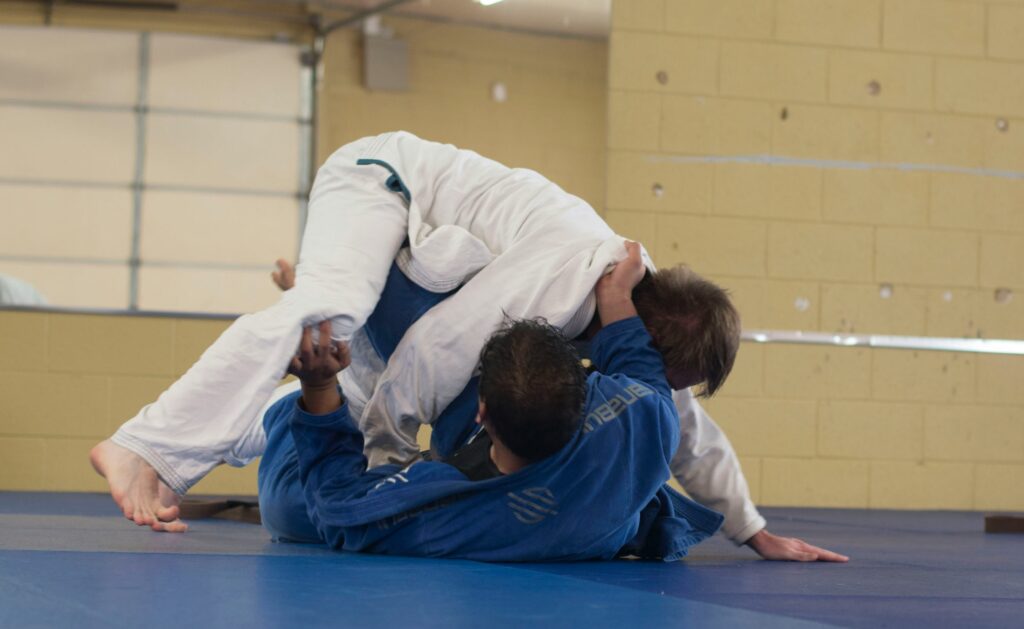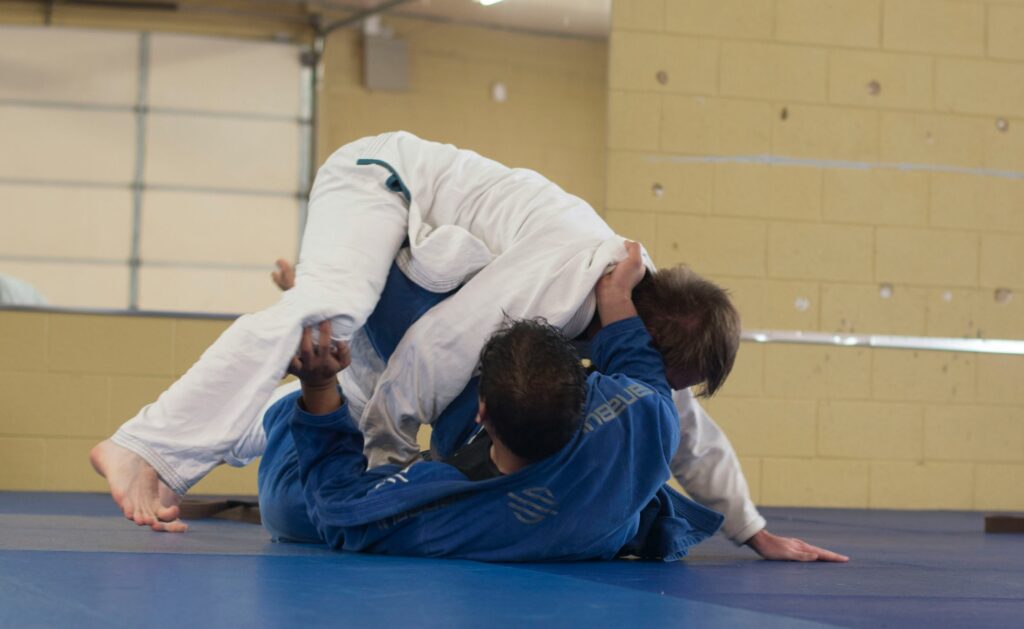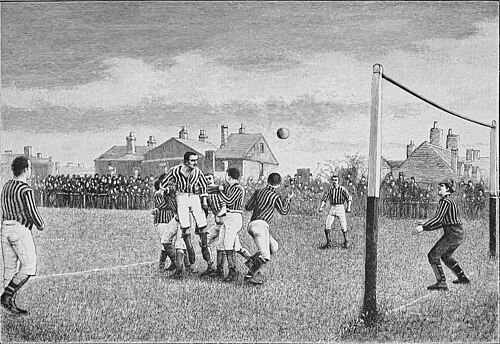
A Brazilian Jiu-Jitsu training session demonstrating guard control and pass defense.
Ground fighting sports have gained immense popularity worldwide, emphasizing body control and submission techniques. These disciplines require strength, flexibility, strategy, and endurance. Not only do they serve as effective self-defense methods, but they also improve both physical and mental well-being.
Practitioners develop problem-solving skills by analyzing their opponents’ movements and adapting their techniques in real time. The combination of mental focus and physical effort makes ground fighting sports both challenging and rewarding.
Main Ground Fighting Disciplines
- Brazilian Jiu-Jitsu (BJJ): Evolved from Judo and Japanese Jiu-Jitsu, BJJ focuses on throws, ground control, and submissions such as joint locks and chokes. It is widely recognized as one of the most effective grappling arts, often used in mixed martial arts (MMA) and self-defense training. The core philosophy of BJJ is that a smaller, weaker person can successfully defend against a larger opponent through superior technique and leverage.
- Submission Grappling: A hybrid form incorporating elements of BJJ, wrestling, and Sambo, often practiced without the traditional gi. This discipline focuses heavily on speed, transitions, and explosive movements, making it highly dynamic. Unlike traditional BJJ, where grips on the gi are used for control, submission grappling encourages a faster pace and a greater emphasis on body positioning and fluidity.
- Russian Sambo: Combines wrestling and submission techniques, with both sport and combat variations, the latter including striking techniques. Sambo fighters are known for their aggressive takedowns and powerful leg locks, which differentiate the sport from other grappling styles. The combat version of Sambo incorporates striking, making it one of the most well-rounded martial arts for self-defense and competition.
- Judo: Though primarily recognized for its throws, Judo has a strong groundwork component known as “ne-waza,” emphasizing holds and submissions. Competitors often transition from powerful standing throws into ground control positions, where they aim to secure pins or execute joint locks and chokes. The discipline of Judo teaches balance, timing, and precision, making it a key foundation for many grappling practitioners.
- Catch Wrestling: A historical predecessor of modern grappling, employing aggressive control techniques and submission holds. This style places a strong emphasis on pressure and dominance, using techniques that can be both brutal and effective in real-world combat situations. Unlike BJJ, which often prioritizes positional control, catch wrestling encourages constant attacks and quick submissions.
- Greco-Roman Wrestling: A classical wrestling style that focuses on upper-body control, throws, and clinch techniques. Unlike freestyle wrestling, it prohibits attacks on the legs, emphasizing powerful takedowns and control from standing positions. Though primarily a standing-based discipline, Greco-Roman wrestling practitioners develop exceptional balance, grip strength, and positional awareness, making it a valuable foundation for other grappling sports.
The Benefits of Practicing Ground Fighting Sports
The benefits of ground fighting sports extend far beyond physical fitness. These disciplines build endurance, strength, coordination, and flexibility, while also fostering discipline, patience, and strategic thinking. Training regularly improves cardiovascular health, muscle endurance, and overall athleticism. The dynamic nature of grappling forces practitioners to stay alert, anticipate their opponent’s moves, and adapt quickly, which enhances problem-solving skills both on and off the mat.
In terms of mental benefits, ground fighting sports help in stress relief by channeling energy into structured and disciplined training. The physical exertion, combined with strategic thinking, creates a meditative effect that allows practitioners to disconnect from daily worries and focus entirely on their technique and performance. Many individuals find that training helps boost self-confidence and resilience, as overcoming challenges on the mat translates to a stronger mindset in everyday life.

Additionally, these sports are highly effective for self-defense. Unlike striking-based martial arts, which rely on distance and power, ground fighting techniques allow a person to control and neutralize an opponent in close combat situations.
By learning how to maintain dominant positions and apply submissions, practitioners can effectively handle real-life confrontations without resorting to excessive force. Moreover, the training environment fosters camaraderie and mutual respect, helping students build friendships and develop a sense of belonging within a supportive community.
Whether one seeks an intense workout, a means of self-defense, or a personal challenge, ground fighting sports offer a comprehensive and rewarding experience. The combination of physical skill, mental resilience, and tactical thinking makes these disciplines some of the most engaging and beneficial martial arts to practice.









